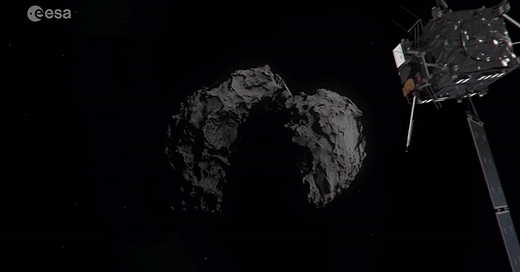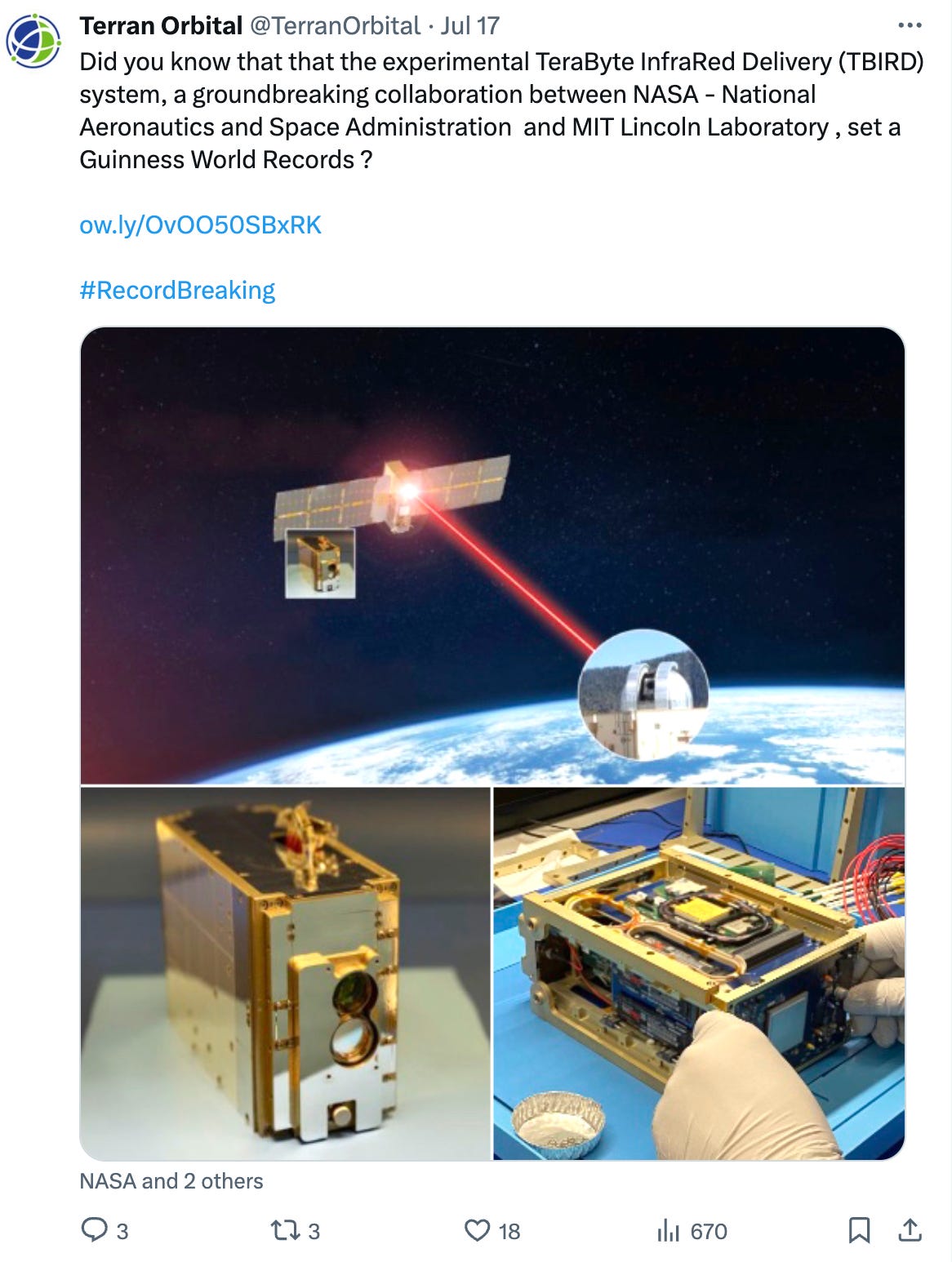What I read this week...
International collaborations in space are advancing with the US-Saudi satellite missions, Europe's RAMSES asteroid study, and China's lunar navigation system.
This week's newsletter is brought to you by saphira.ai: solutions to simplify safety and reliability compliance.
TLDR
The US and Saudi Arabia have announced a collaboration on new satellite missions, marking a significant step in international space partnerships. What are the goals of this partnership? This collaboration aims to develop and launch new satellites for various applications, including Earth observation, telecommunications, and scientific research. The partnership leverages the technical expertise of both nations and signifies a strengthening of their strategic cooperation in space. This initiative could lead to advancements in satellite technology and enhance the capabilities of both countries in space exploration and utilization.
Europe's upcoming RAMSES mission aims to closely study asteroid Apophis, which is expected to make a near-Earth pass in 2029. Why focus on Apophis? This mission will focus on understanding the composition, structure, and trajectory of Apophis, providing critical data that could inform future planetary defense strategies. The European Space Agency (ESA) plans to use RAMSES to test new technologies for asteroid deflection, contributing to global efforts to protect Earth from potential asteroid impacts. The mission highlights the increasing international collaboration and technological innovation in space exploration and planetary defense.
Chinese scientists are planning to establish a satellite navigation system on the Moon, potentially revolutionizing lunar exploration. How will this system work? The proposed lunar satnav would provide precise positioning and navigation services for future missions, significantly enhancing the safety and efficiency of lunar operations. This initiative is part of China's broader strategy to expand its presence in space and develop advanced technologies for long-term lunar exploration. The system could support both manned and unmanned missions, contributing to international efforts to explore and utilize lunar resources.
Technical Deep Dive: Inter-Satellite Optical Links

Inter-satellite optical links (ISOLs) are revolutionizing space communication, enabling satellites to exchange data using laser beams. This method outperforms traditional radio frequency (RF) communication with higher data rates, reduced latency, and minimized interference.
How Do They Work? ISOLs function through the precise transmission and reception of laser beams. The key components are:
Laser Transmitters: These devices convert electrical signals into coherent light waves. Techniques like amplitude modulation or phase modulation encode data onto the laser beam.
Optical Receivers: These devices, typically using avalanche photodiodes (APDs) or photomultiplier tubes (PMTs), detect incoming laser beams and convert the optical signals back into electrical signals.
Pointing, Acquisition, and Tracking (PAT) Systems: Crucial for maintaining alignment, these systems utilize high-precision sensors, fast-actuating mirrors, and sophisticated control algorithms to keep the laser beam directed at the target satellite despite their relative motion.
Advantages of ISOLs:
High Data Rates: Optical frequencies are orders of magnitude higher than RF, allowing ISOLs to transmit large volumes of data quickly. This is critical for applications requiring rapid transfer of high-resolution imagery and scientific data.
Lower Latency: Direct optical links eliminate the need for intermediary relay satellites, resulting in faster communication times essential for real-time applications like satellite-based internet services.
Reduced Interference: The narrow, highly focused nature of laser beams reduces the risk of cross-talk and interference from other sources, enhancing the reliability and security of the communication link.
Spectrum Availability: Unlike the congested RF spectrum, the optical spectrum is vast and relatively unregulated, providing ample bandwidth and flexibility for ISOL system design.

Challenges and Solutions:
Atmospheric Interference: For low Earth orbit (LEO) satellites, atmospheric conditions can distort optical signals. Solutions include deploying satellites in higher orbits where atmospheric effects are minimal or using adaptive optics to correct signal distortions.
Precision Pointing: The requirement for precise beam alignment between moving satellites is addressed through advanced PAT systems that ensure accurate and stable connections.
Power Consumption: Laser transmitters and optical receivers generally require more power than RF systems. Developing energy-efficient components and implementing effective power management strategies is essential, especially for small satellites with limited power resources.

Future Prospects: ISOLs are poised to dramatically enhance satellite communication networks by providing high-speed, low-latency connections. As technology advances, improvements in efficiency, precision, and robustness will further cement ISOLs as a cornerstone of modern satellite networks, supporting global broadband, advanced Earth observation, and deep-space exploration missions.
Deal Flow
KBR to acquire defense and space contractor LinQuest for $737 million (SpaceNews)
The U.S. military to award $3 billion contract for AI-driven intelligence solutions (SpaceNews)
Ramon.Space expands into the UK (SatNews)
Turion wins $1.9m Space Force contract for debris capture technology (SpaceNews)
About Saphira.ai
Saphira is a Y Combinator-backed software tool to define and monitor hardware throughout development. Engineers use it to organize design information that otherwise gets buried in piles of documents, pre-emptively understand when subsystem changes break end-to-end safety scenarios and ultimately deliver safer, higher-quality hardware more quickly. Learn more here.









